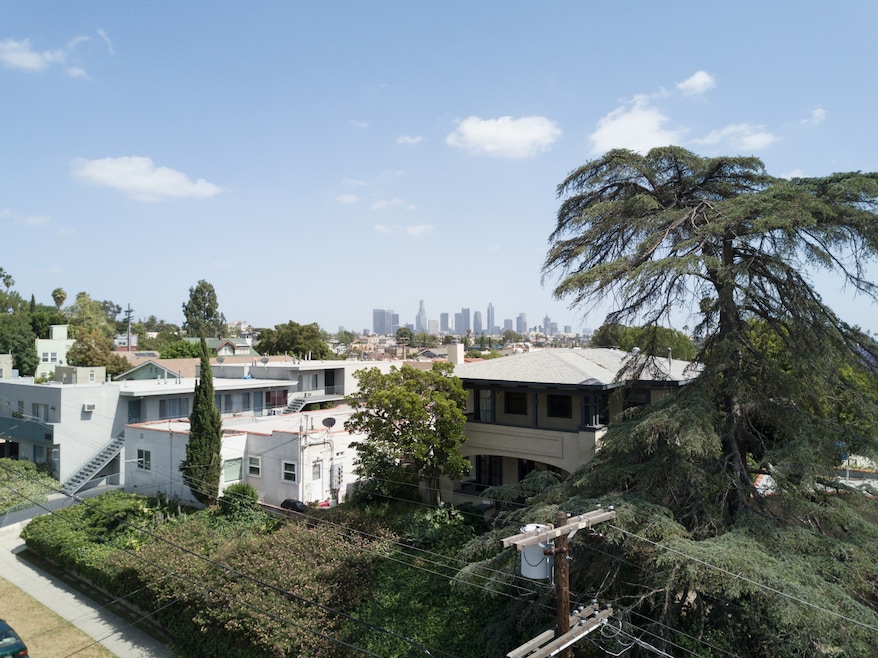Consumer confidence declines
Consumer confidence dipped in June, showing a decline in the public's outlook on their financial status.
The Consumer Confidence Index fell to 93 from 98.4 in May. The Conference Board, a nonprofit think tank based in New York, assesses the public's outlook on their financial status and prospects. In the latest survey, respondents feel especially down on the economy and labor market.
In the housing market, mortgage rates flirting with 7% are partially to blame.
Federal Reserve Chair Jerome Powell, who is facing bipartisan pressure to reduce the benchmark interest rate, points to job growth and inflation tied to the new tariff policies as factors for maintaining rates where they stand.
Hispanic homeownership lags
Hispanic homeownership gaps leave many minorities racing behind other racial and ethnic groups in pursuit of the American Dream.
There is a wide gap between Hispanic homeowners and their white counterparts when it comes to owning a home, according to a report the Joint Center for Housing Studies of Harvard University published Tuesday. The report analyzed the latest data provided in the U.S. Census Bureau's American Community Survey, which dates to 2022.
It found that Hispanic homeowners buy their first residences at the median age of 34, slightly below whites at 31. More broadly speaking, 40% of Hispanics become homeowners between the ages of 35 and 44, compared to 70% of whites and 60% of Asians. Black homebuyers were at 30%.
California at epicenter of housing shortage, report finds
The country has a housing shortage of millions of homes, and the need is most acute in California, a study the American Enterprise Institute released Monday finds.
California needs 2 million residences to meet the demand there, according to the Washington, D.C.-based nonpartisan nonprofit. That's a big chunk of what's needed in the country as a whole — ranging from 3.8 million to 8.2 million residences.
The report said California — and Washington, Oregon, Idaho, Montana, Nevada, Utah, Wyoming, Colorado, Arizona, and New Mexico — failed to keep up with demand.
"This finding underscores a stark reality," coauthors Tobias Peter and Edward Pinto wrote, "if these 11 states had maintained housing supply levels similar to the rest of the country, the national housing shortage would have been nearly one-third lower."

